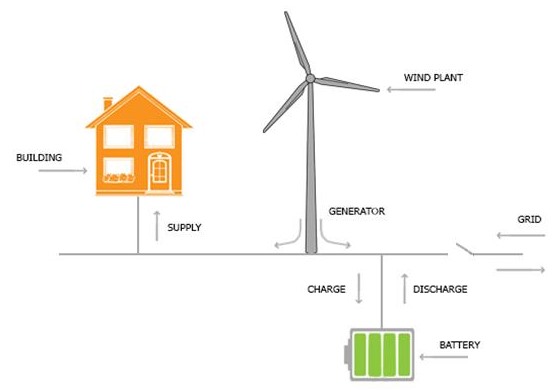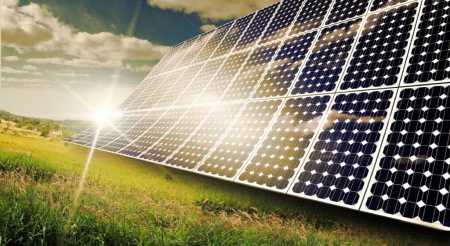Due to climate change, wildfires have become more frequent, even occurring in areas not historically prone to such events. In California, these wildfires, coupled with regional power shutoffs, have resulted in substantial economic losses and loss of life. Approximately 46 million Americans residing in forested regions, known as the “wildland-urban interface” (WUI), face particularly heightened wildfire risks.
Microgrids present an opportunity to enhance the resilience of vulnerable communities. By utilizing localized, small-scale energy sources and disconnecting from regional grids during emergencies, microgrids can ensure the provision of vital services for the safety of homes and communities. However, traditional microgrids powered by diesel generators are both costly and environmentally polluting, rendering them impractical for widespread implementation.
An international team led by research scientists at Lawrence Berkeley National Laboratory, part of the Department of Energy, has discovered that clean energy microgrids offer a more effective and affordable solution for safeguarding California communities against power outages caused by wildfires, compared to conventional microgrids. These clean energy systems predominantly rely on solar power and battery storage, and can be constructed at a significantly lower cost than what households typically pay for electricity. Moreover, they can reduce the impact of power outages, specifically the duration of public safety power shutdowns, by up to 30 times.
Tianzhen Hong, a co-author and senior scientist at Berkeley Lab’s Building Technology & Urban Systems Division, emphasized the significance of this study as the first comprehensive, state-level analysis focusing on how clean energy microgrids can mitigate outage effects on vulnerable communities and the associated costs. The models developed for the study, detailed in the Applied Energy publication, can assist interested parties in identifying the location of these communities, designing clean energy microgrids, and estimating the expenses required to minimize outages below a desired threshold.
Dasun Perera, a former Berkeley Lab postdoc now working at the Andlinger Center for Energy and Environment at Princeton University, stated that in certain areas of California, “Public Safety Power Shutoffs” could result in up to 7% of the year without access to electricity. Clean energy microgrids have the potential to reduce these impacts by over half, with costs ranging from 15 to 30 cents per kilowatt-hour (kWh). In comparison, the average residential electricity price in California is around 25 cents per kWh.
The study evaluated clean energy microgrids in seven diverse locations across California’s expansive wildland-urban interface, taking into account various climatic conditions. Innovative modeling tools developed for the research facilitated the selection of communities based on wildfire risk and renewable energy potential, enabling the design of microgrids tailored to the specific energy needs of households in wildfire-prone areas. These microgrids, which incorporated conventional generators but seldom utilized them, achieved a minimum of 60% renewable energy integration throughout the year. Furthermore, they significantly reduced emissions from heating and cooling while alleviating the strain renewable sources can impose on regional grids.
Notably, clean energy microgrids can contribute to energy equity by ensuring equal access to clean technologies and their associated benefits. Many communities in the wildland-urban interface are economically disadvantaged and face challenges related to access, mobility, and public health.
According to Hong, the focus is on equity, highlighting that while the technology may be promising, its effectiveness relies on affordability. The Bipartisan Infrastructure Law has allocated extensive federal support for community energy installations similar to those described in the study.
Moving forward, Hong and Perera aspire to collaborate with stakeholders such as city governments and utilities to design practical microgrids that deliver tangible benefits while further advancing their research capabilities. All data from the study is openly accessible to the public, and with further development, its models could support public planning endeavors.
-
- EUREKALERT







